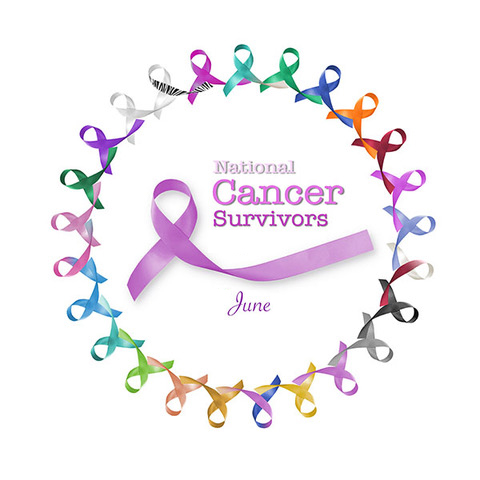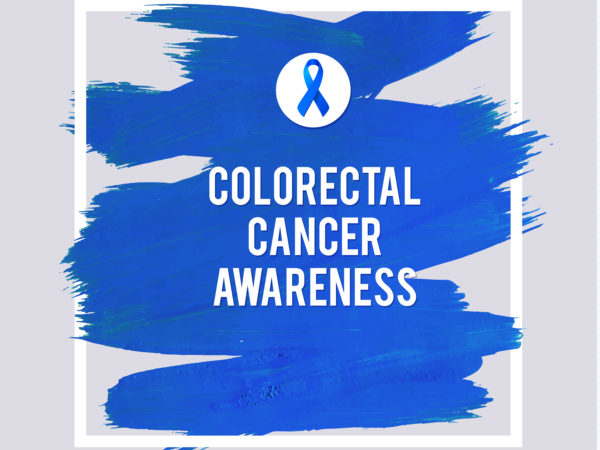 Your doctor looks at you and pauses before she speaks, “You have cancer.”
Your doctor looks at you and pauses before she speaks, “You have cancer.”
Your head spins and a million questions pop into your head. “What type of cancer? What stage is it in?” But most importantly, “What are my chances of survival?”
Today, more people are surviving more types of cancer than ever before, thanks to early detection, innovative treatments, and advanced technology. But beneath that lies a more complex answer. Cancers are dozens of diseases: different types, different stages, and different variations, which affect different people in different ways.
Your MRO care team can’t predict your future, but they can estimate survival based on other people’s experiences with the same cancer.
The National Cancer Institute (NCI) lists factors that affect your prognosis, including:
- Your age and how healthy you were before cancer
- The type of cancer and where it is in your body
- The stage of the cancer, including size of the tumor and if it has spread to other parts of your body
- The grade of the cancer – how abnormal the cancer cells appear under a microscope.
- Specific traits of the cancer cells
- How you respond to treatment
Understand cancer survival rates?
Cancer survival rates report how many people survive a certain type of cancer for a specific amount of time – usually five years. There are different measures of survival, including:
- The overall survival rate includes people of all ages and all health conditions who have been diagnosed with your cancer. Overall survival rates only track survival; they don’t specify whether patients are still in treatment or if they’ve become cancer-free.
- The disease-free survival rate is the number of people who have no sign of cancer after treatment.
- The progression-free survival rate is the number of patients who have been treated for cancer and either have no signs of cancer recurrence or who have cancer that has remained stable without growing.
- Cancer-specific survival is the percentage of patients with a specific type and stage of cancer who have not died from their cancer during a certain period of time after diagnosis, usually five years.
How is the information collected?
In the U.S., the National Cancer Institute (NCI) collects and reports on cancer statistics through its SEER Program (Surveillance, Epidemiology, and End Results) SEER is an authoritative source for cancer statistics in the United States. When you’re diagnosed with cancer, the details of your age, race, ethnicity, tumor size, and treatments are entered into a computer system (your name, address, or other personal information are not included). Health and government experts study these numbers to understand cancer’s impact on society. This helps them develop ways to better control and manage the disease.
What’s the difference between cure and remission?
Cure means that there are no traces of your cancer after treatment and the cancer will never come back.
Remission means that the signs and symptoms of your cancer are reduced. Remission can be partial or complete. In a complete remission, all signs and symptoms of cancer have disappeared.
How are cancer survival rates used?
The experience of other people in your same situation can give you and your MRO care team an idea of the chance your cancer will be cured. They use these factors, along with your age and overall health, to help you understand the seriousness of your condition and weigh the benefits and risks of each treatment.
Survival statistics can also indicate how people with your same cancer type and stage respond to treatment. With this information you can weigh the pros and cons of each treatment option. Is the efficacy of treatment worth the side effects or cost?
What can’t cancer survival rates tell me?
Cancer survival rates provide a general idea about most people in your situation, but they can’t predict your individual chances for cure or remission.
- Survival rates can’t tell you how long you will live, but may give you a better idea of the chances that your treatment will be successful.
- Survival rates don’t have information about new treatments. People noted in today’s cancer statistics were diagnosed more than five years ago. So, statistics for effects of new treatments don’t show up for at least five years afterwards.
- Survival rates can’t tell you what treatment is best for you. That’s for you and your doctor to decide. You may decide the treatment with the greatest chance for remission is the one to choose. But there are other factors, such as side effects, cost, and treatment schedule, that may affect your decision.
Seeking information about your prognosis Is a personal decision.
For most people, uncertainty is the worst part of a cancer diagnosis. Knowing what to expect can help you and your family cope and make decisions.
Which treatment is best for you? How will you and your family care for you? What about side effects? What about financial and legal matters? Everyone’s cancer journey is different and it’s up to you to choose how much information you want. Just be assured that Minneapolis Radiation Oncology will be there to help answer those questions for you.


